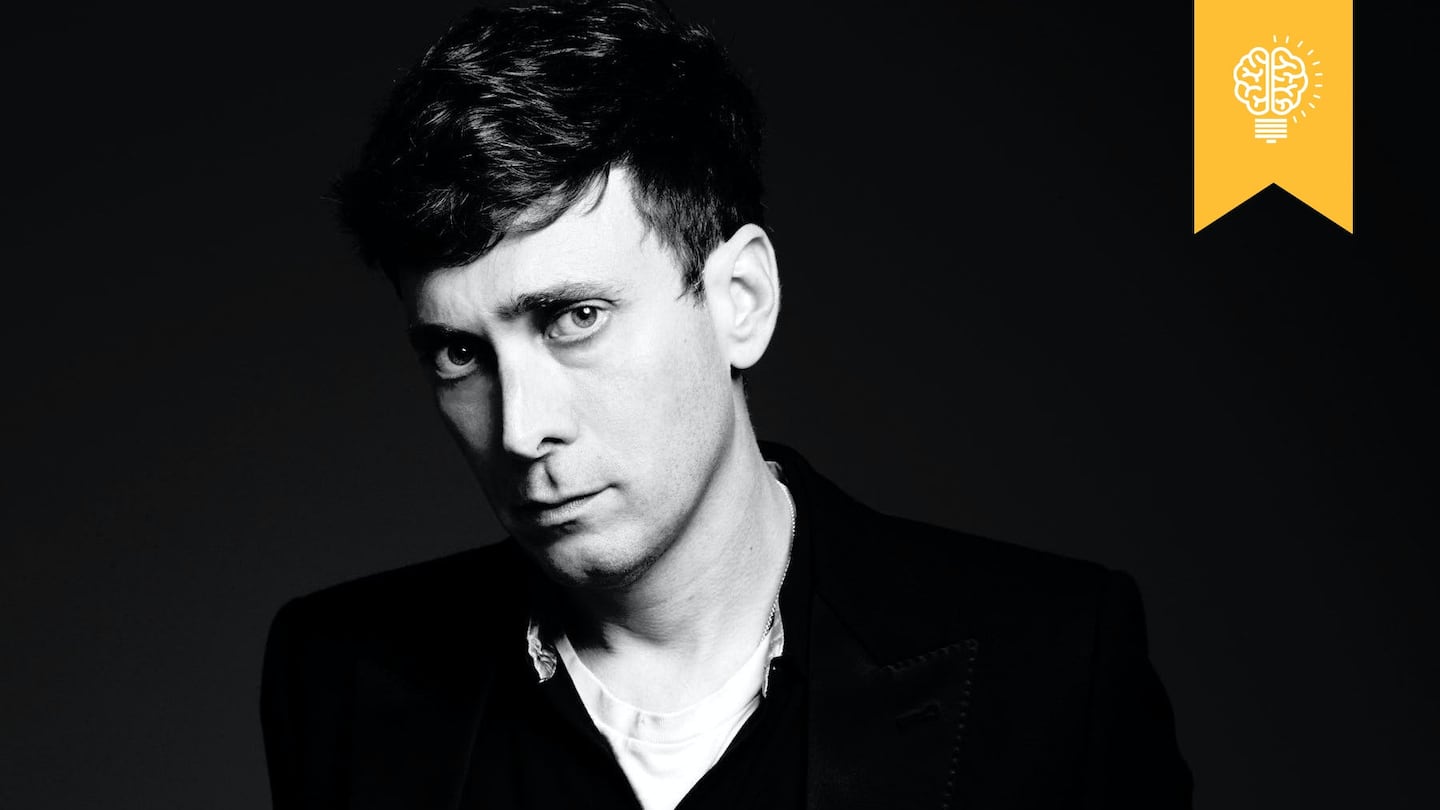
The Business of Fashion
Agenda-setting intelligence, analysis and advice for the global fashion community.

Agenda-setting intelligence, analysis and advice for the global fashion community.

LOS ANGELES, United States — Hedi Slimane is moving full-speed ahead with his top-to-bottom overhaul of Céline. The Los Angeles-based designer, who joined the LVMH-owned brand in February as its artistic, creative and image director, is set to show his first collection in September during Paris Fashion Week.
LVMH hired Slimane to bring his singular point of view to the brand following a strong 10-year run by Phoebe Philo, who grew the business to nearly €1 billion in sales before she left at the end of 2017.
"The objective with [Hedi Slimane] is to reach at least two billion to three billion euros, and perhaps more, within five years," LVMH chairman Bernard Arnault told investors in Paris in January. "Everything is in place for this brand to achieve quite exceptional growth."
And it seems the Hedi Slimane overhaul is now well underway. Slimane is laying out plans to completely renovate the brand’s fleet of 140 stores, re-invent its brand image and expand into menswear, fragrance and couture.
ADVERTISEMENT
Both LVMH and Céline declined to comment on Slimane's plans. But according to sources, Slimane is also rethinking the model for delivering product to the consumer. While the store design concept is still being worked out, BoF has learned that Slimane plans to adopt a fluid delivery cycle that mimics the drop-style made famous by streetwear brands including Supreme. There will be temporary pop-up stores, small capsule collections and a drip-feed of product: the model every luxury house is interested in right now as they aim to capture the attention of younger consumers.
Slimane plans to adopt a fluid delivery cycle that mimics the drop-style made famous by streetwear brands.
And, with the expansion into new categories, the brand will also need to have bigger stores. BoF has learned that the brand is negotiating a lease for a large store on the Upper East Side — 650 Madison Avenue — for at least one of these projects.
The planned store expansion and renovation will require big capital expenditure. At Saint Laurent, where Slimane was creative director from 2012 to 2016, remodelling cost anywhere from $1 million to $3 million for a smaller, low-priority "C" store, to $6 million to $8 million for a flagship, according to a source who worked on his team at the time.
As for the product itself, Slimane’s first missive is to create a season-less core collection that will set the tone for the new Céline. While it took Slimane and his team some time to build up the Saint Laurent core collection, this go-around it's more accelerated. He's reviewing hundreds of samples to create the perfect versions of classic pieces.
So while Slimane is said to be very respectful of Philo’s Celine, he is doing exactly what he was hired to do, bringing his own vision to the brand, just as Philo brought hers. It’s a formula that has worked for Slimane before. He wiped the slate clean both at Dior Homme and Saint Laurent, spurring years of accelerated growth for both houses that continues today.
At Céline, he may lose some of the hardcore 'Philophiles' — the ones who bought the clothes, jewellery and conceptual shoes that presumably made up a very small percentage of the business. But the customer for Céline handbags likely overlaps with Slimane's Saint Laurent customer, so regardless of whether he carries over any of those styles, he's likely to retain a good percentage of them. What's more, his apparel and shoe designs have a broader appeal. With the addition of men's, couture and fragrance, there's tremendous growth potential.
Slimane’s reign at Céline may be an extremely expensive bet for LVMH, but it's probably one of the safest bets in fashion.
Related Articles:
From analysis of the global fashion and beauty industries to career and personal advice, BoF’s founder and CEO, Imran Amed, will be answering your questions on Sunday, February 18, 2024 during London Fashion Week.
The State of Fashion 2024 breaks down the 10 themes that will define the industry in the year ahead.
Imran Amed reviews the most important fashion stories of the year and shares his predictions on what this means for the industry in 2024.
After three days of inspiring talks, guests closed out BoF’s gathering for big thinkers with a black tie gala followed by an intimate performance from Rita Ora — guest starring Billy Porter.